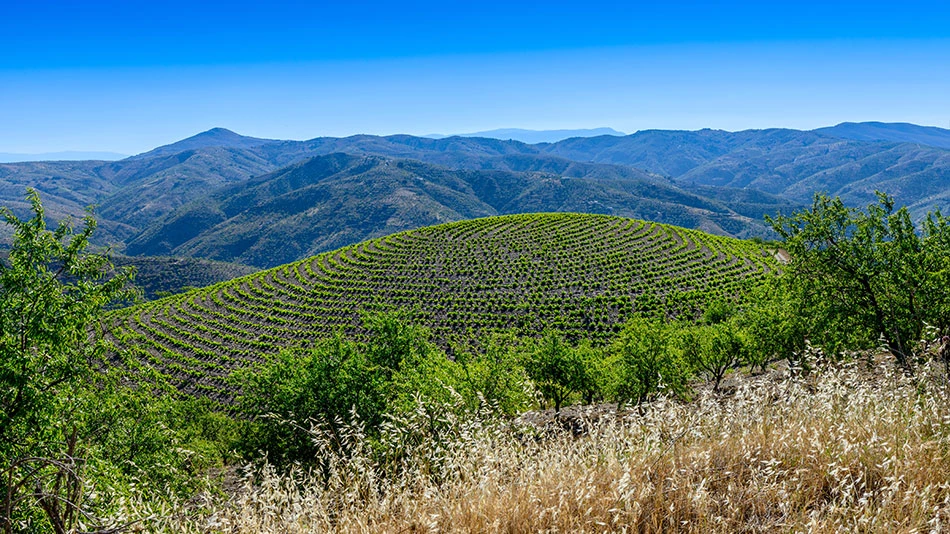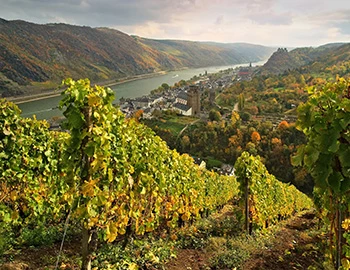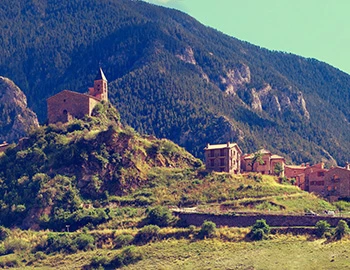Andalucía
Andalusia: Sherry and more
Spain’s southernmost wine growing region has stronger climate variation than you might expect. Despite a record 3,000 hours of annual sunlight, Andalusian winters are astonishingly rainy. The region has a unique, complex wine culture. As well as various types of Sherry, surprisingly fresh white wines and fruity reds are increasingly produced here. Modern Andalusian wine country is divided into four independent regions with DO status.
Although today’s Sherry wines are better than ever with unique character, they struggle in the international market. Despite this, over half of the Andalusian vineyard area of approximately 25,000 hectares is used for the production of Sherry and sweet wines. The spectrum ranges from the bone-dry Finos and Manzanillas – which, despite an alcohol content of 15 percent by volume, feel very fresh when enjoyed cold – via Amontillados and Olorosos with amazing fullness of flavor that are partially or completely oxidatively aged to dessert wines from the Pedro Ximénez or Moscatel varieties (in Malaga). Haute cuisine worldwide is increasingly turning to these various types of Sherry.
White chalk soils store the water
The quality of the Sherry wines is due to the “Albarizas” – the white, very porous chalk soils of Jerez Superior – which can absorb enough rainfall during the winter months to provide for the vines during the hot summer. Beyond the Jerez area, Andalusia’s two other cultivation areas of Montilla Moriles and Malaga produce high quality fortified wines and dessert wines.
A 3000-year viticulture tradition
The Phoenicians began growing in wine Andalusia more than 3000 years ago, a tradition continued by the Greeks and then the Romans. Even after 700 years of Moorish rule, this wine-growing tradition still survived. After the Second World War, tourism brought another heyday to Andalusian viticulture, but demand for Sherry and sweet wines dissipated in the 80s.
A growing demand for table wines
Conversely, red table wines, pressed from varieties like Cabernet Sauvignon, Merlot, Syrah or Tempranillo in the calcareous soils of the coast’s hilly interior around the Sierras de Málaga DO, are experiencing a boom. And demand is growing for the fresh white table wines from the Zalema and Palomino varieties that mature on the lower reaches of the Guadalquivir River, in the Condado de Huelva DO. A Mediterranean climate prevails throughout all of Andalusia’s growing regions, and close proximity to the Atlantic benefits the western

Region

Marlborough
Marlborough - synonymous with world-famous Sauvignon Blancs! New Zealand's largest wine-growing region (over 20,000 hectares) is located in the very north of the South Island, in the centre of New Zealand.


